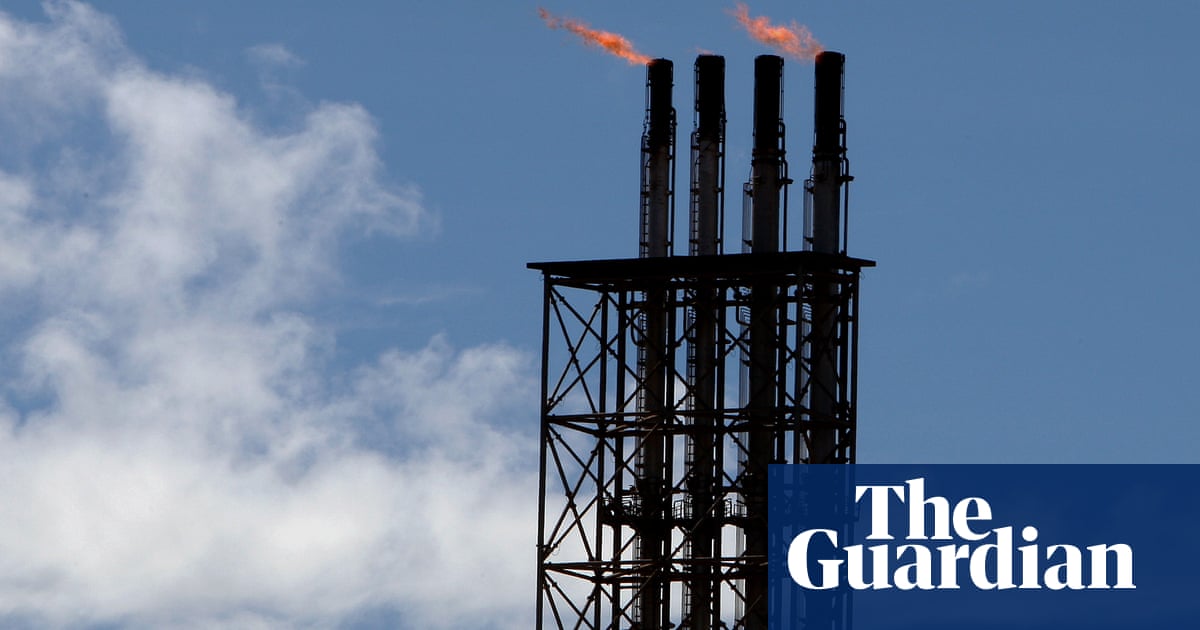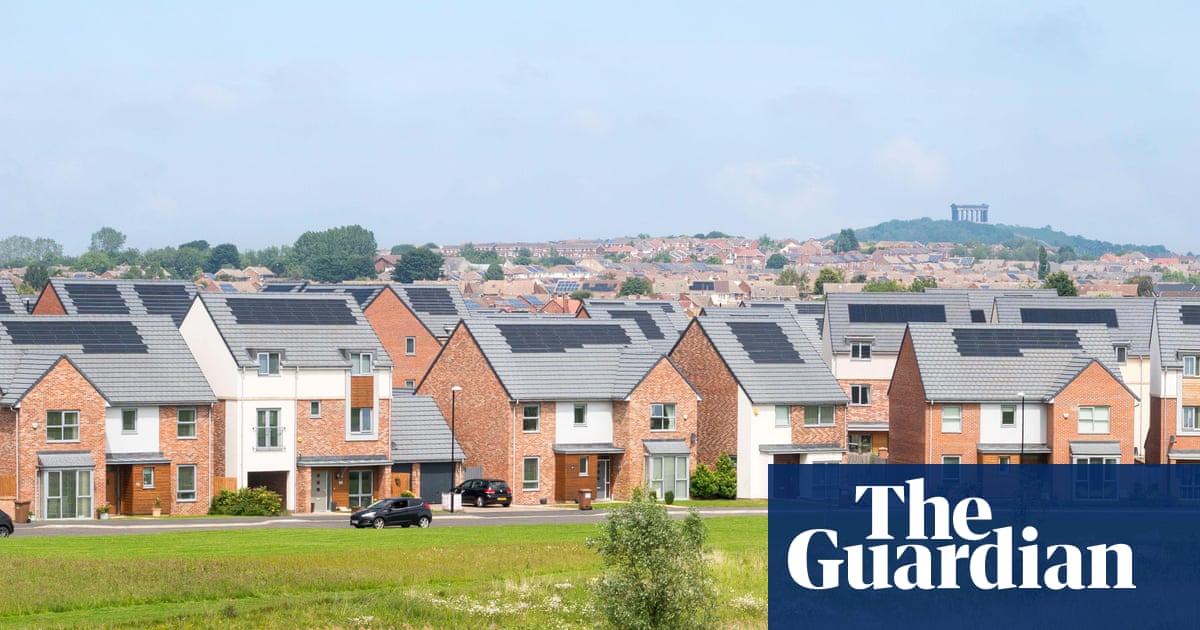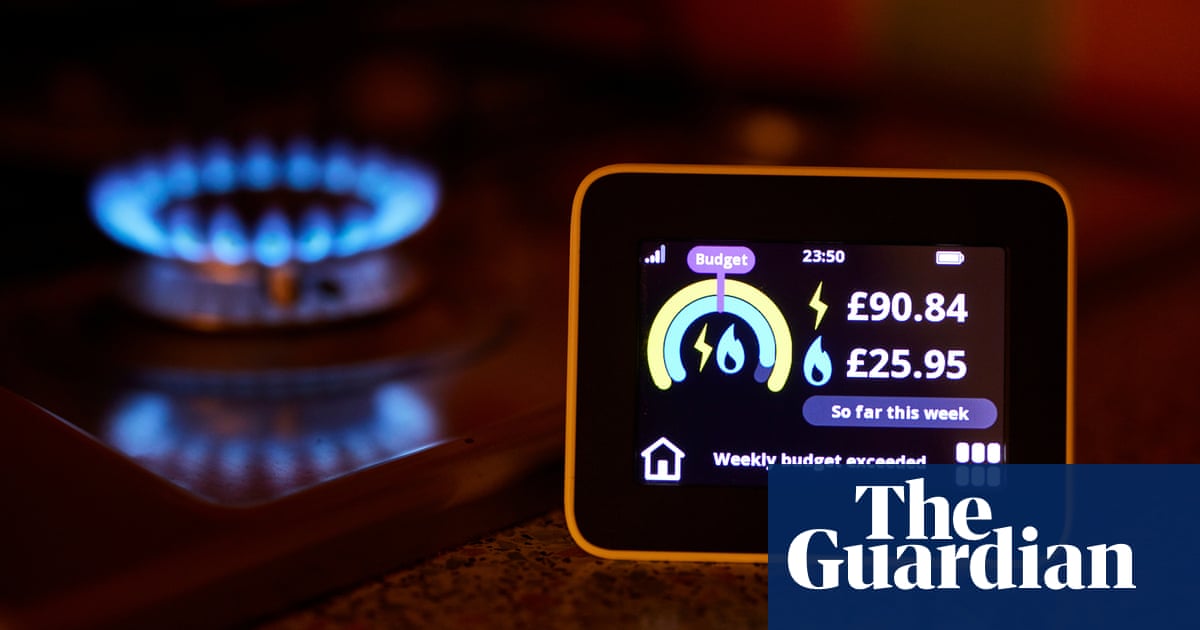Coalition pledge to subsidise Australia’s most expensive form of energy makes ‘no sense’, Labor says | Gas

Labor says a Coalition pledge to offer subsidies to existing and new gas power plants makes “no sense” and would ensure fossil fuel plants that are already in the grid receive windfall gains.
In a speech to an Australian Pipelines and Gas Association Convention in Adelaide, the opposition’s climate change and energy spokesperson, Ted O’Brien, said that gas would be “here to stay” under the Coalition.
He said a Dutton government would include it in the capacity investment scheme, a program that the Albanese government is using to underwrite 32 gigawatts of solar, wind and battery storage as it aims to meet a target of 82% renewable energy by 2030.
O’Brien said the Coalition would hold annual auctions to underwrite new and existing gas power, with the amount and timing of capacity and the structure of contracts to be determined in government. He said the contracts would include obligations to ensure lower electricity prices for consumers.
Gas is the most expensive form of electricity generation in the national grid, and responsible for about 21% of Australia’s emissions. O’Brien did not say how including it in the capacity scheme would lead to lower prices or how much additional greenhouse gas may be emitted.
But he said the plan was part of a suite of policies that would send a message to industry and Australia’s trading partners that “the Coalition backs gas”.
The minister for climate change and energy, Chris Bowen, said while the opposition was planning to subsidise existing gas plants, the capacity investment scheme was about bringing new energy supply into the system. He said fast-starting gas plants had a role to play to back up renewable energy when needed, but did not need government support.
“Mr O’Brien has a couple of questions to answer. Firstly, why is he providing a windfall gain for gas companies who are already producing electricity? Secondly, how would his auction work when renewable energy is the cheapest form of energy and will beat a gas proposal in any auction under consideration?” he said.
Gas power provided about 5% of generation in the national electricity market, which covers the five eastern states, over the past year.
According to the Australian Energy Market Operator’s integrated system plan – its blueprint for a future grid – gas capacity is expected to fall in the second half of the decade as more renewable energy comes online. It is expected to increase above existing levels in about 2034 and then dip again after about 2043.
after newsletter promotion
Dylan McConnell, an energy systems researcher at the University of New South Wales, said the market operator’s analysis showed the country did not need additional gas capacity now. “It is potentially an issue, but not until the 2030s,” he said. “There may be a need, but it doesn’t have to be fuelled by fossil gas. If we are going to put public funding towards solving this challenge, I would be supporting low carbon alternatives such as methanol or other hydrogen based fuels.”
The oil and gas industry lobby group, Australian Energy Producers, said 13 gigawatts of new gas capacity would be needed by 2050 and the Coalition’s announcement “sent a strong signal about the critical, long-term role of gas in Australia’s energy mix”.
Greenpeace campaigner Geoff Bice said the Coalition’s policy would benefit gas corporations, not consumers. “A recent US study shows the total climate pollution from [liquified natural gas] is 33% greater than coal over a 20-year period,” he said. “The Coalition needs to get its head out of the sand and stop ignoring the massive climate footprint of Australia’s gas industry.”
The Greens leader, Adam Bandt, said there was no justification for new gas subsidies. “More gas will not bring down power bills, it will just cook the planet,” he said.
Source link




